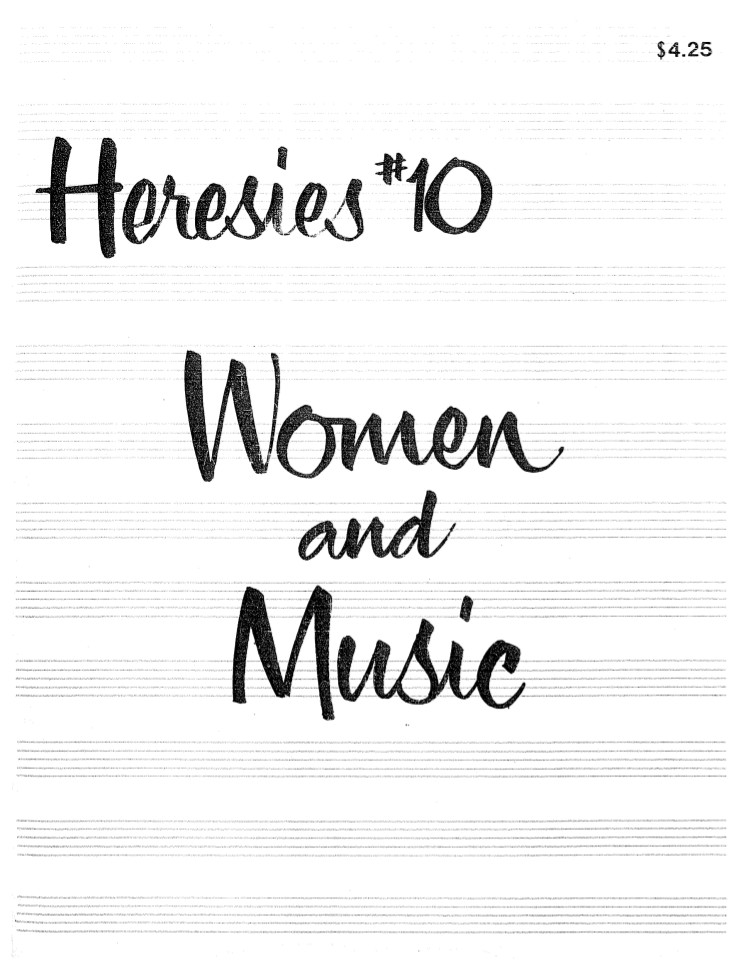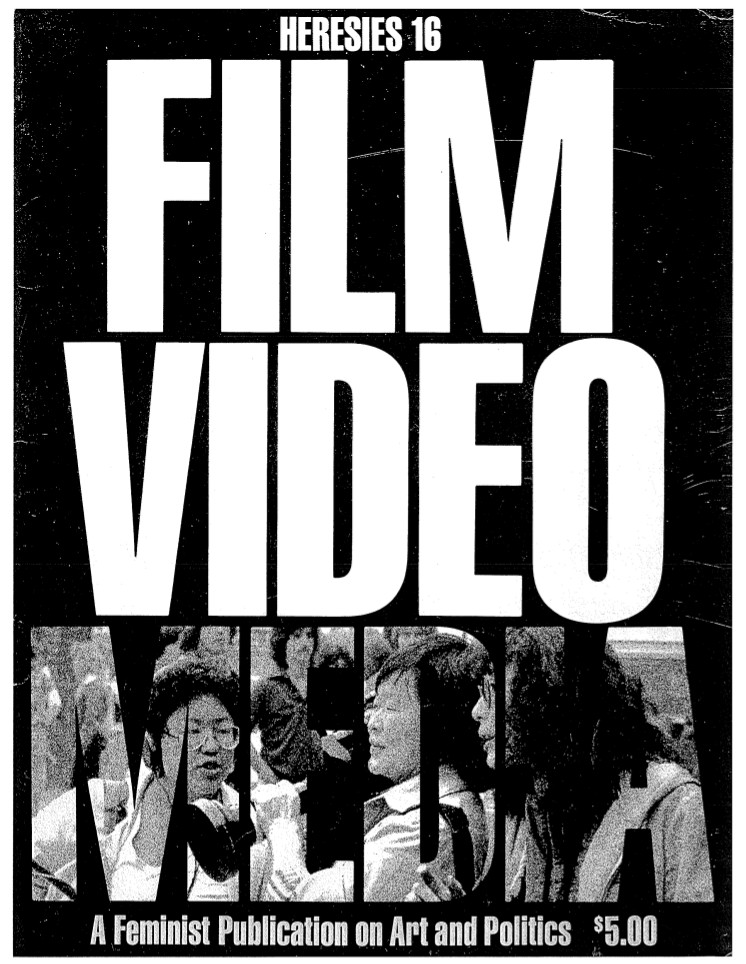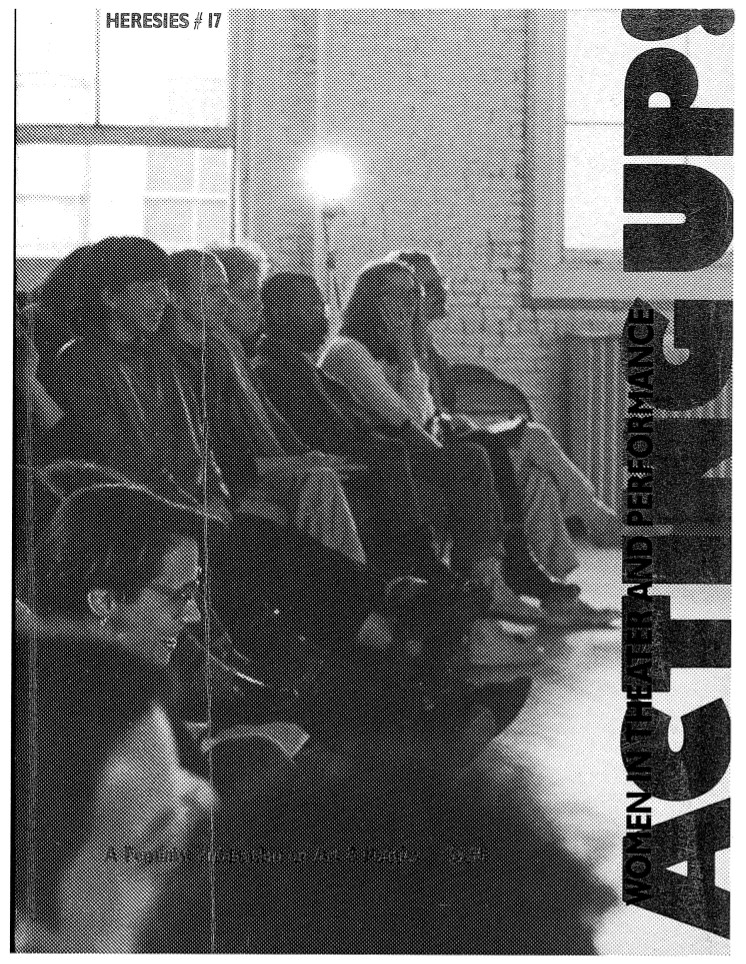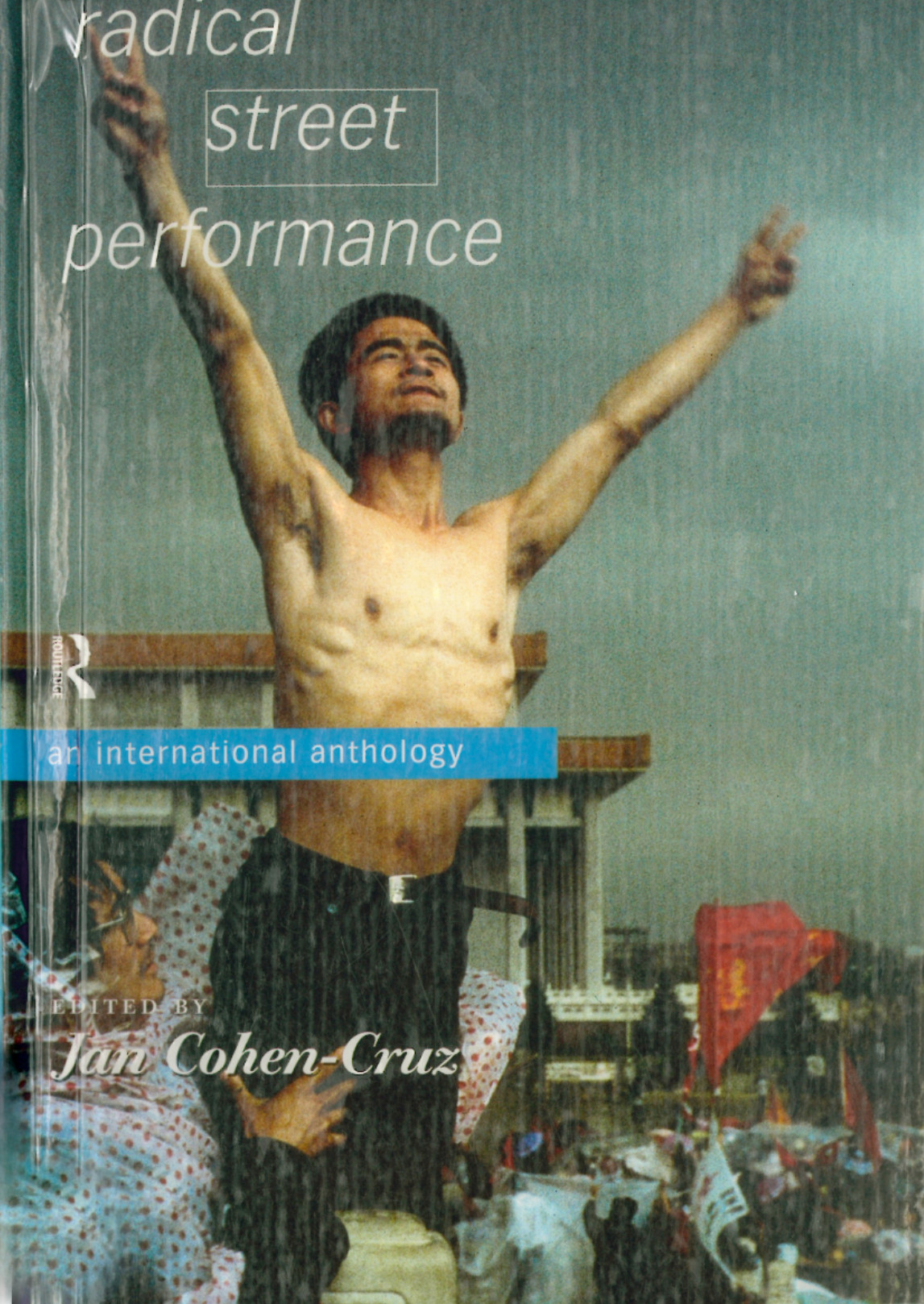Heresies: A Feminist Publication on Art and Politics, 1-27 (1977-1993)
Filed under magazine | Tags: · activism, art, education, feminism, film, literature, poetry, politics, theatre, women



Classic feminist art magazine from the 1970s through the 1990. Collectively produced issues featured a wide variety of artists’ work, essays, prose and poetry.
The founding members of the Heresies Collective included Patsy Beckert, Joan Braderman, Mary Beth Edelson, Elizabeth Hess, Harmony Hammond, Joyce Kozloff, Arlene Ladden, Lucy Lippard, Mary Miss, Marty Pottenger, Miriam Schapiro, Joan Snyder, May Stevens, Michelle Stuart, Susana Torre, Elizabeth Weatherford, and Sally Webster.
Publisher Heresies Collective, New York
ISSN 0146-3411
via Heresies PDF Archive
The Heretics, trailer of documentary film by Joan Braderman, 10 min, 2009
View article index
Heresies 1: Feminism, Art and Politics (Jan 1977)
Heresies 2: Patterns of Communication and Space Among Women (May 1977)
Heresies 3: Lesbian Art and Artists (Fall 1977)
Heresies 4: Women’s Traditional Arts – The Politics of Aesthetics (1978)
Heresies 5: The Great Goddess (1978)
Heresies 6: On Women and Violence (Summer 1978)
Heresies 7: Women Working Together (Spring 1979)
Heresies 8: Third World Women (1979)
Heresies 9: Organized Women Divided (1980)
Heresies 10: Women and Music (1980)
Heresies 11: Making Room – Women and Architecture (1981)
Heresies 12: Sex Issue (1981)
Heresies 13: Earthkeeping / Earthshaking: Feminism & Ecology (1981)
Heresies 14: The Women’s Pages (1982)
Heresies 15: Racism is the Issue (1982)
Heresies 16: Film / Video / Media (1983)
Heresies 17: Acting Up!: Women in Theater and Performance (1984)
Heresies 18: Mothers, Mags, and Movie Stars – Feminism and Class (1985)
Heresies 19: Satire (1985)
Heresies 20: Heresies (1985)
Heresies 21: Food is a Feminist Issue (1987)
Heresies 22: Art in Unestablished Channels (1987)
Heresies 23: Coming of Age (1988)
Heresies 24: 12 Years (Anniversary Issue) (1989)
Heresies 25: The Art of Education (1990)
Heresies 26: A Journal of Feminist Post-Totalitarian Criticism (1992)
Heresies 27: LATINA – A Journal of Ideas (1993)
Download all 27 issues (ZIP’d PDFs)
See also the exhibition catalogue En Foco / Heresies Collective, New York: The New Museum, 1983, 48 pp (added on 2018-12-30).
Comment (0)Jan Cohen-Cruz (ed.): Radical Street Performance: An International Anthology (1998)
Filed under book | Tags: · activism, agitprop, art, art criticism, audience, circus, direct action, guerrilla theatre, performance, performance art, politics, puppetry, street theatre, theatre, women

“Radical Street Performance is the first volume to collect together the writings by activists, directors, performers, critics, scholars and journalists who have documented street theatre around the world.
More than thirty essays explore agit-prop, invisible theatre, demonstrations and rallies, direct action, puppetry, parades and pageants, performance art, guerrilla theatre, circuses.
These essays look at performances in Europe, Africa, China, India and both the Americas. They describe engagement with issues as diverse as abortion, colonialism, the environment and homophobia, to name only a few. Introduced by editor Jan Cohen-Cruz, the essays are organized into thematic sections: Agitating; Witnessing; Involving; Imagining; and Popularizing.”
Publisher Routledge, 1998
Performance Theory series
ISBN 0415152313, 9780415152310
302 pages
PDF (no OCR)
Comment (0)Thomas C. Jepsen: My Sisters Telegraphic: Women in Telegraph Office 1846-1950 (2000)
Filed under book | Tags: · history of technology, labour, morse code, technology, telegraphy, women

The role of the telegraph operator in the mid-nineteenth century was like that of today’s software programmer/analyst, according to independent scholar Tom Jepsen, who notes that in the “cyberspace” of long ago, male operators were often surprised to learn that the “first-class man” on the other end of the wire was a woman.
Like the computer, the telegraph caused a technological revolution. The telegraph soon worked synergistically with the era’s other mass-scale technology, the railroad, to share facilities as well as provide communications to help trains run on time.
The strategic nature of the telegraph in the Civil War opened opportunities for women, but tension arose as men began to return from military service. However, women telegraphers did not affect male employment or wage levels. Women kept their jobs after the war with support from industry—Western Union in particular—and because they defended and justified their role.
“Although women were predominantly employed in lower-paying positions and in rural offices, women who persisted and made a career of the profession could work up to managerial or senior technical positions that, except for wage discrimination, were identical to those of their male counterparts,” writes Jepsen. “Telegraphy as an occupation became gendered, in the sense that we understand today, only after the introduction of the teletype and the creation of a separate role for women teletype operators.”
My Sisters Telegraphic is a fresh introduction to this pivotal communications technology and its unsung women workers, long neglected by labor and social historians.
Publisher Ohio University Press, 2000
ISBN 0821413449, 9780821413449
231 pages

